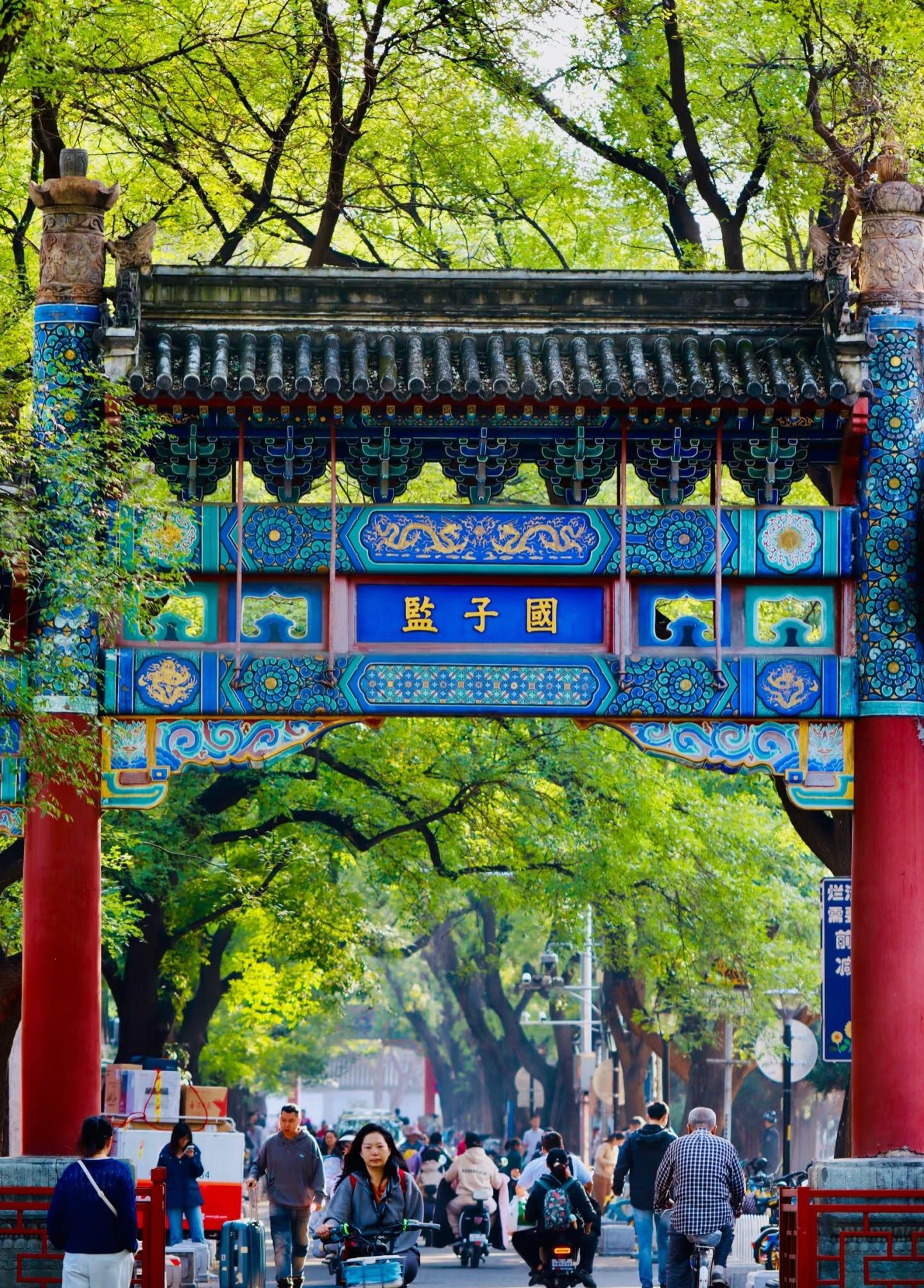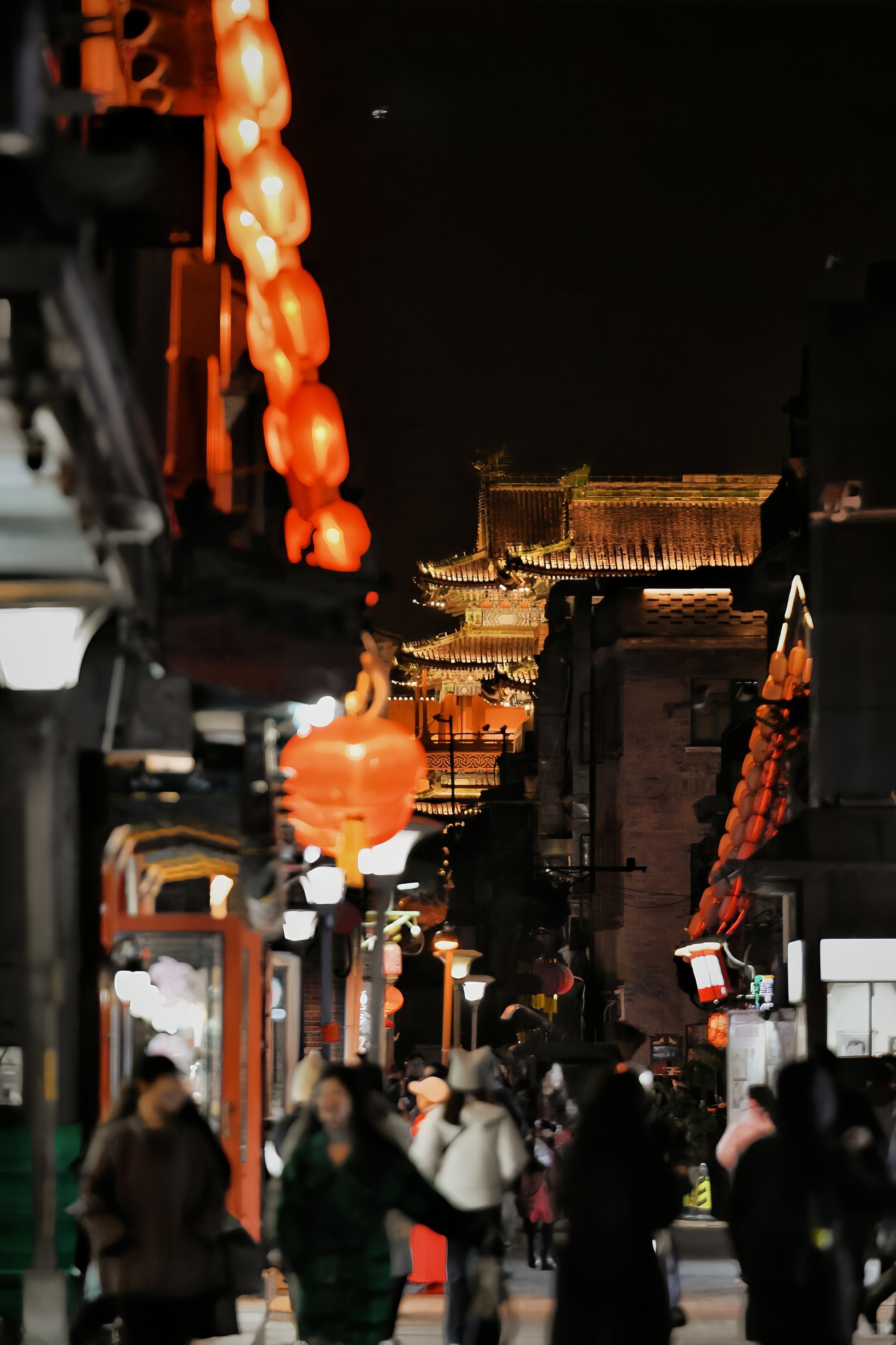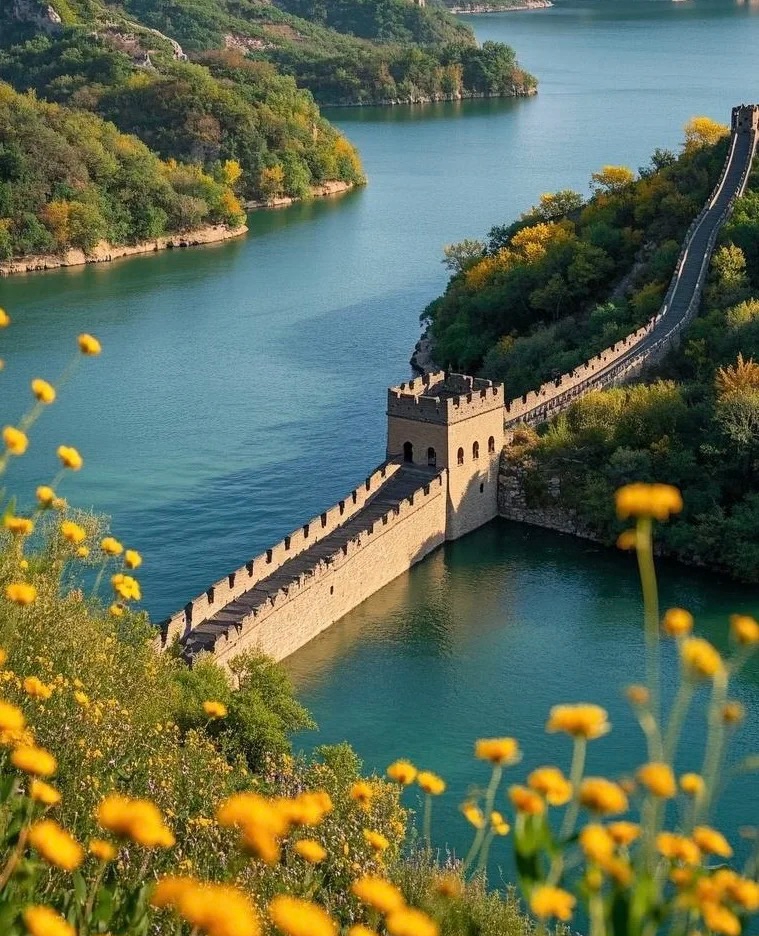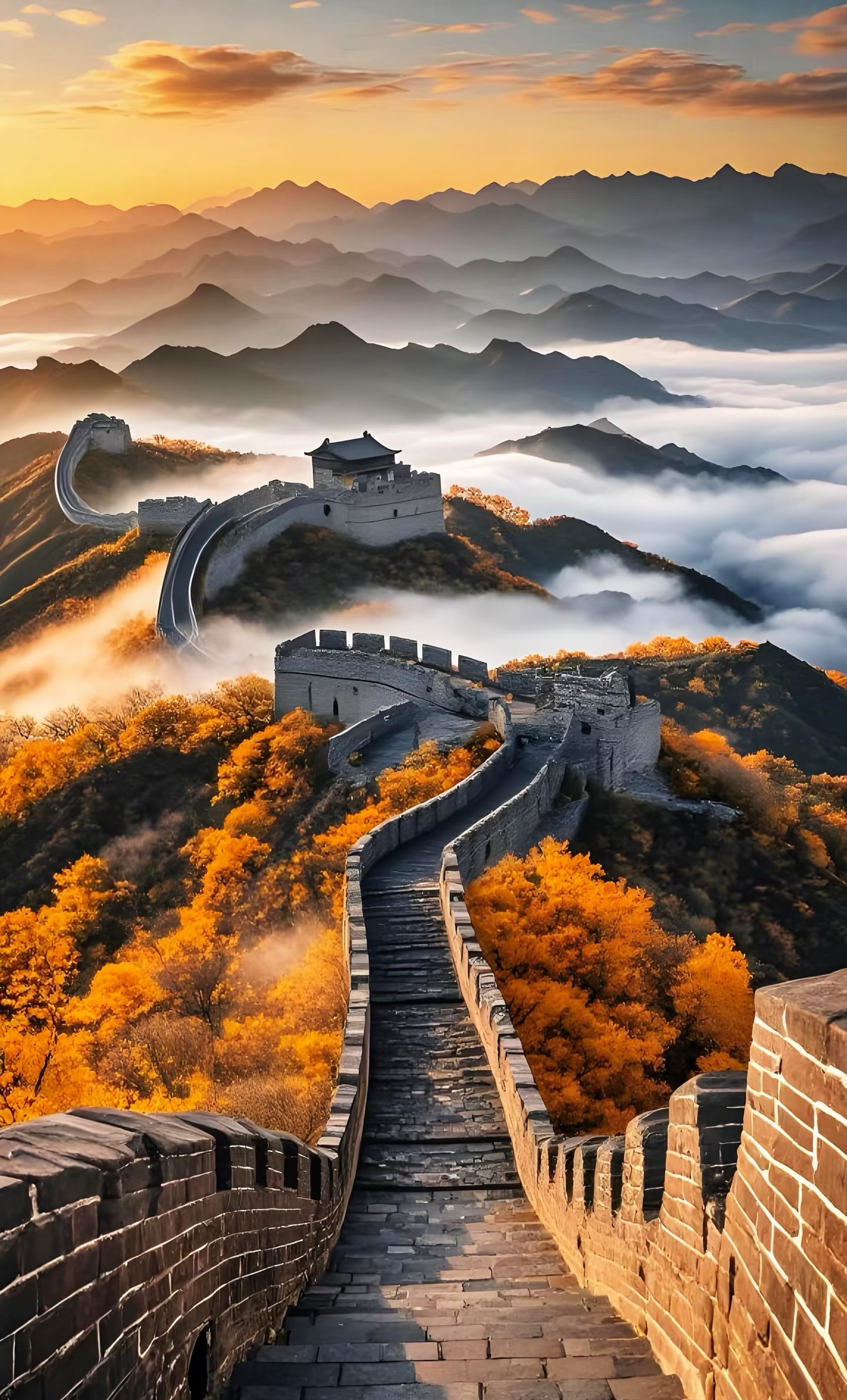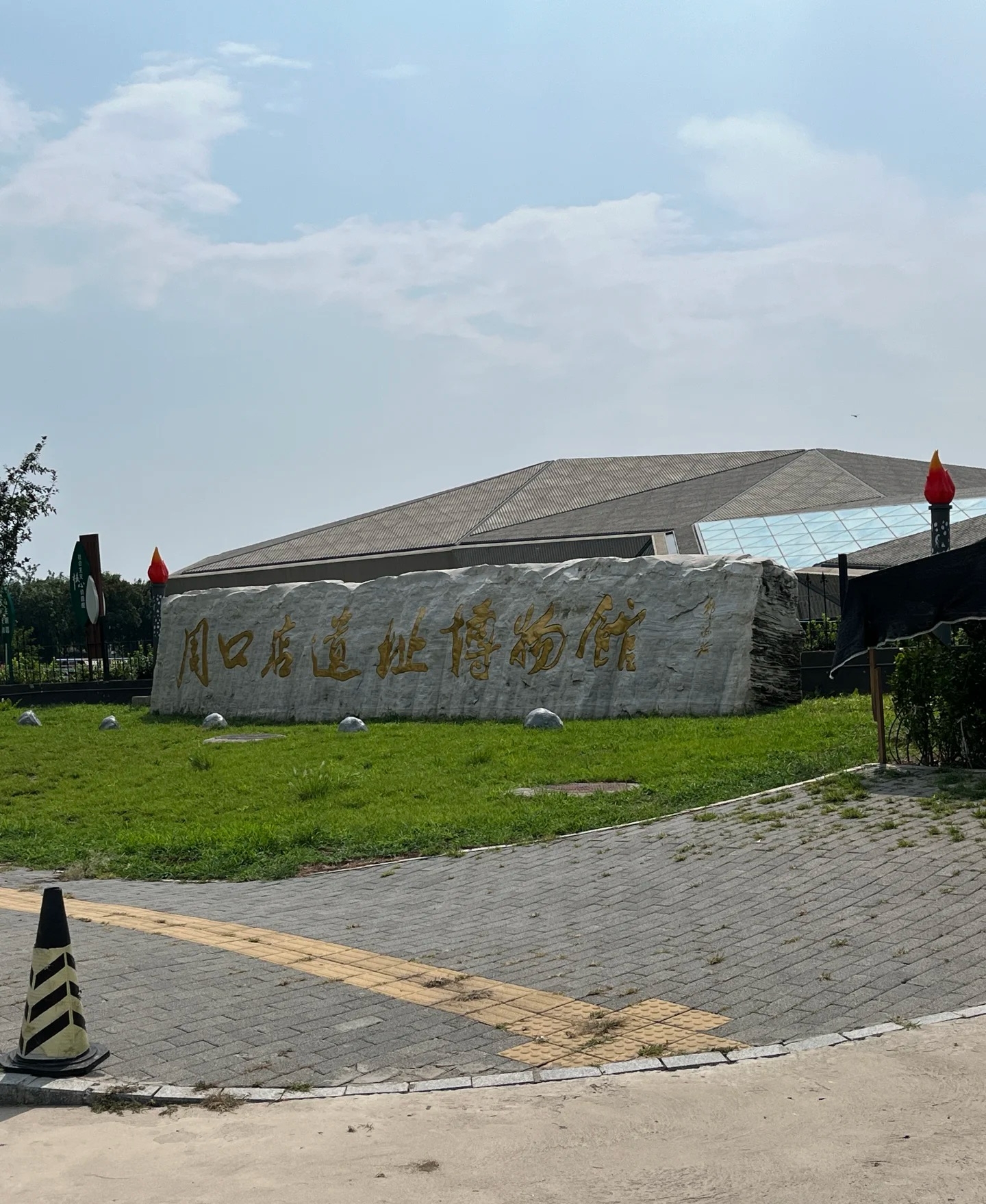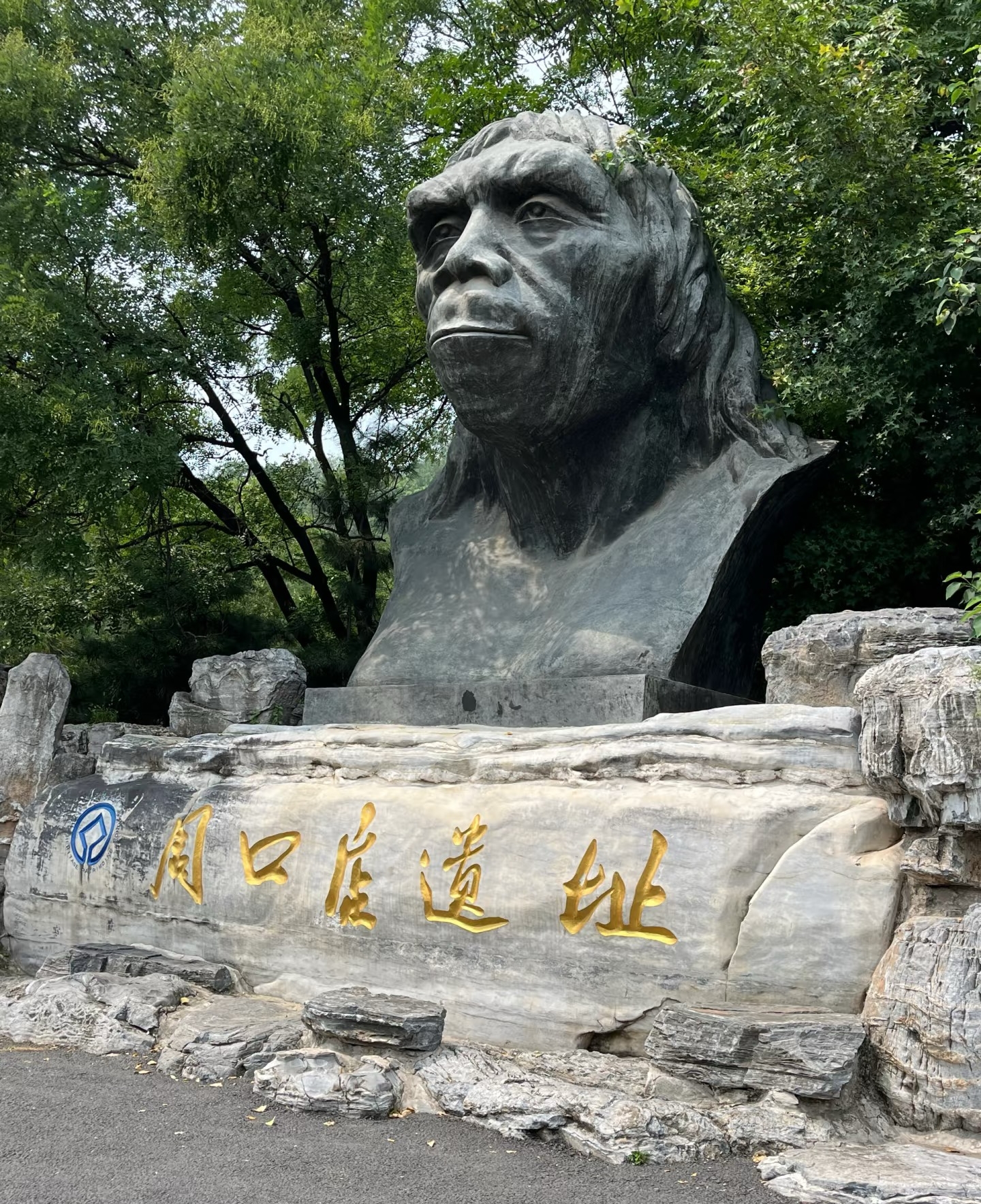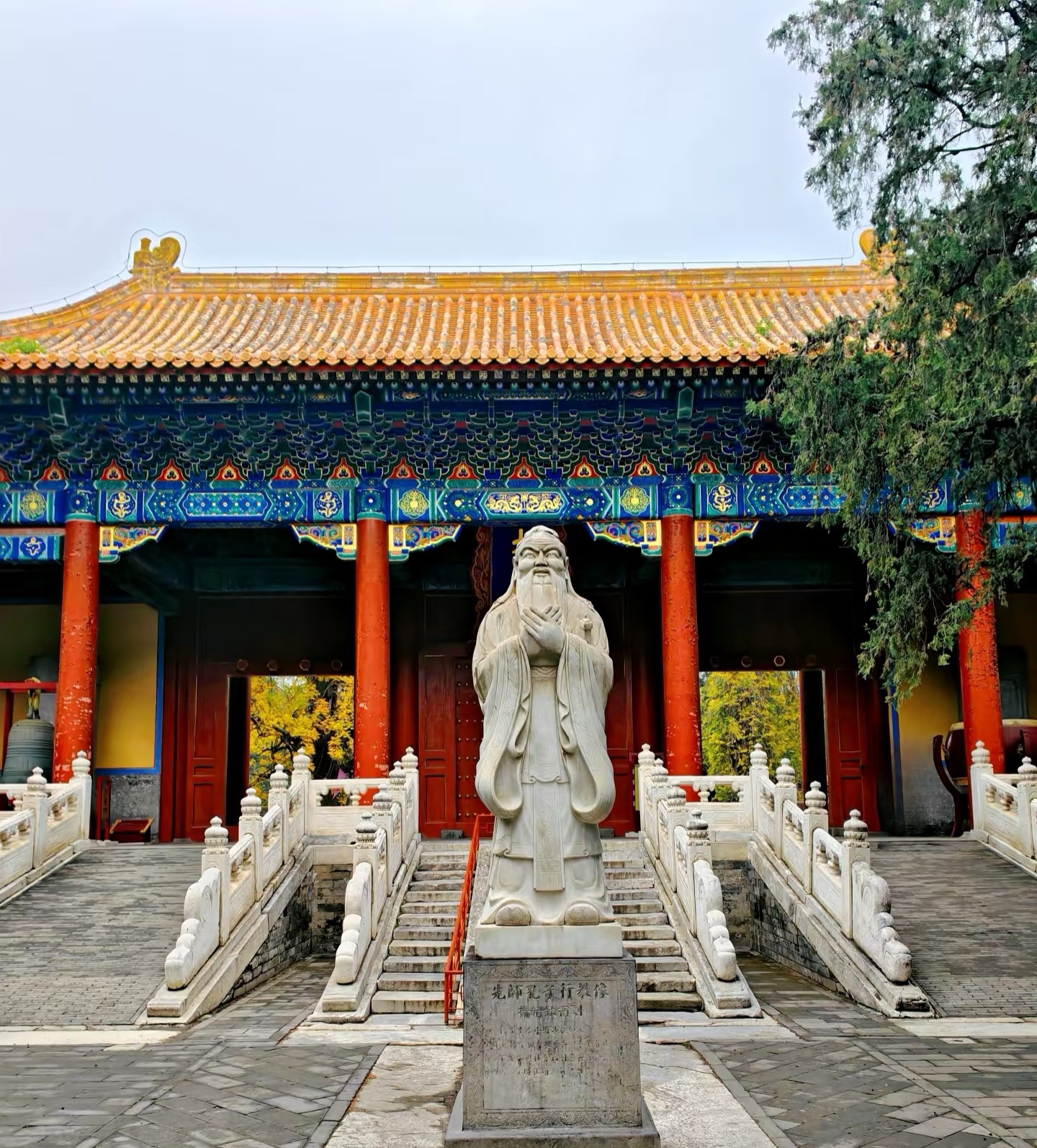

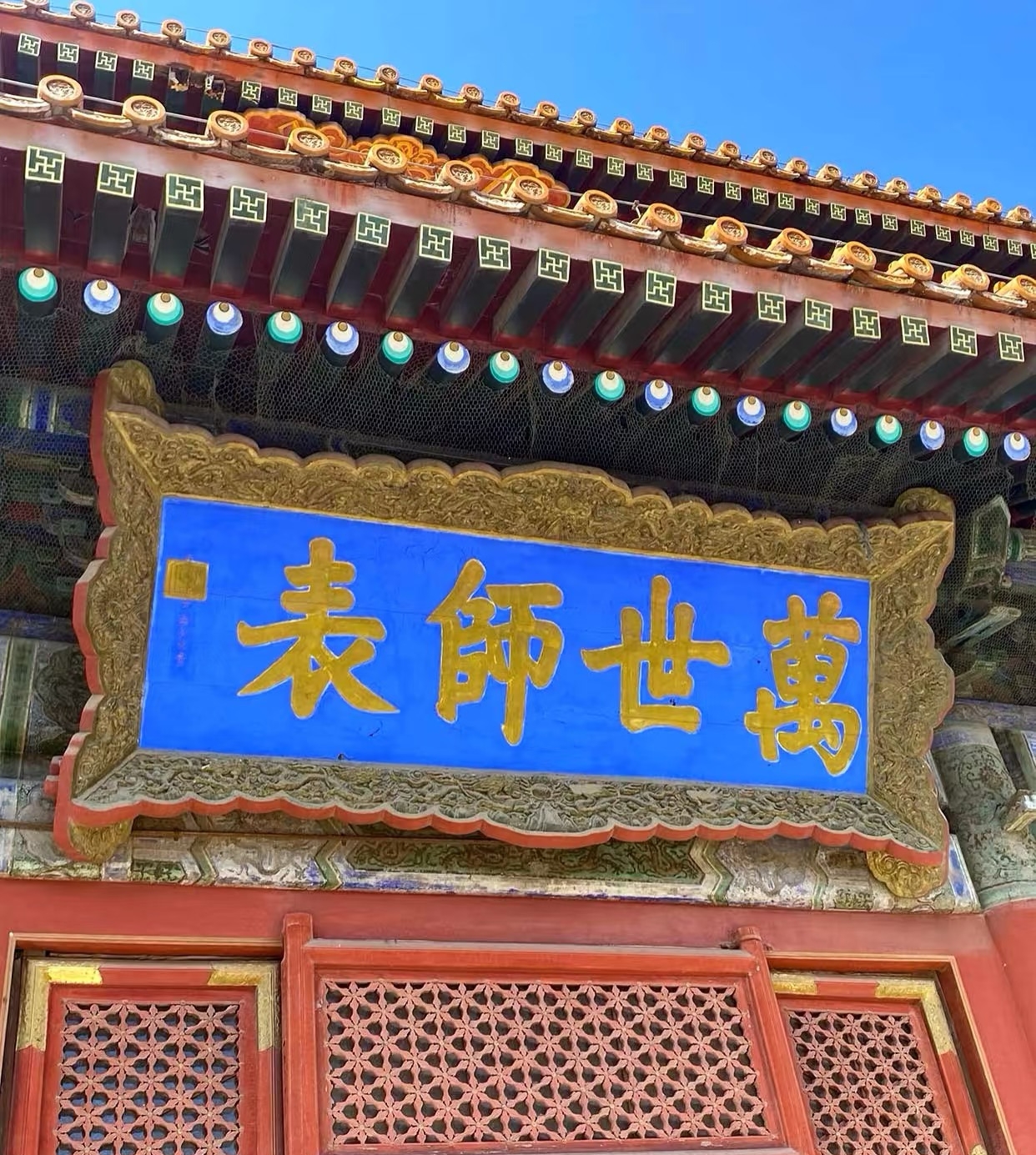
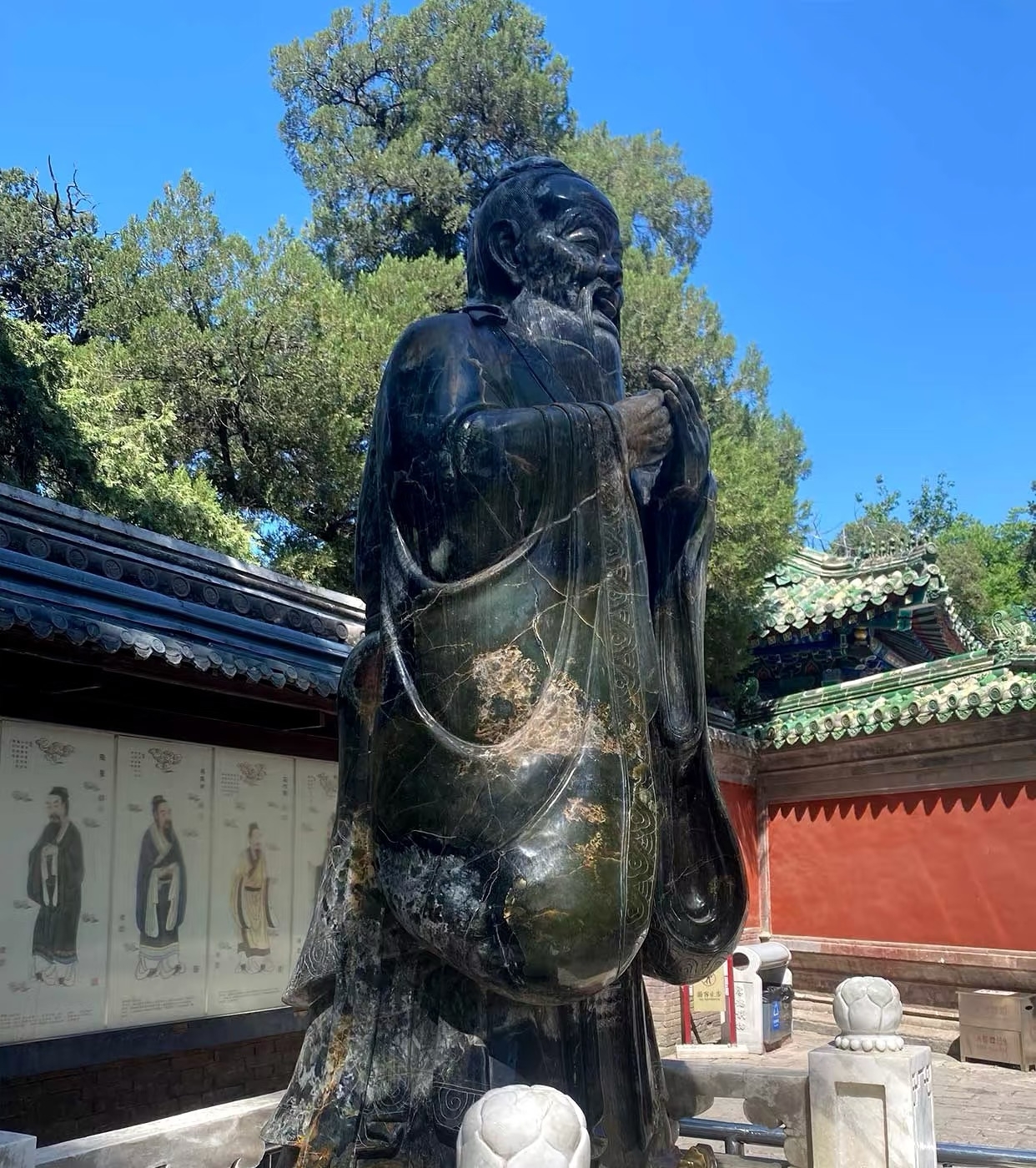
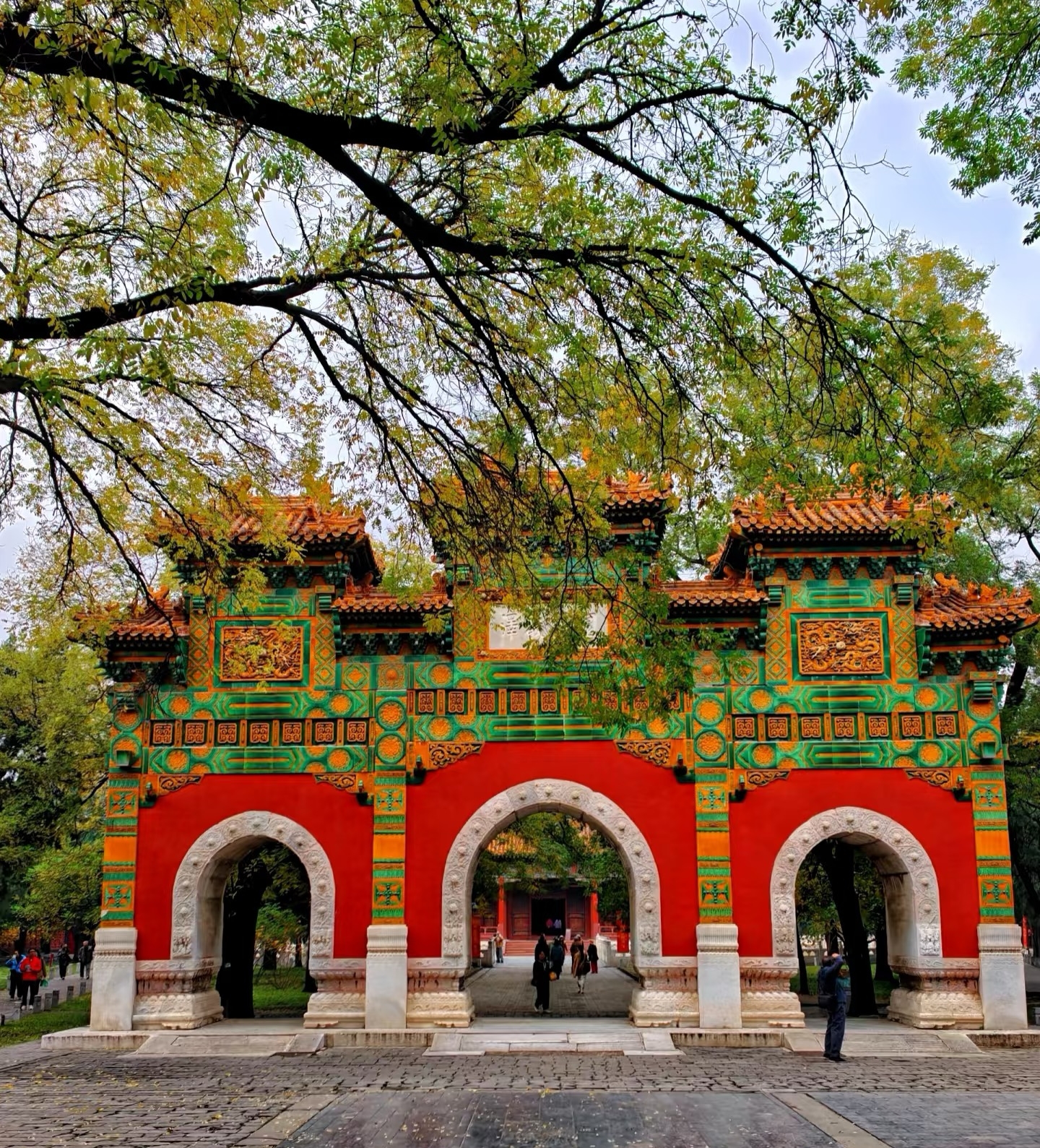
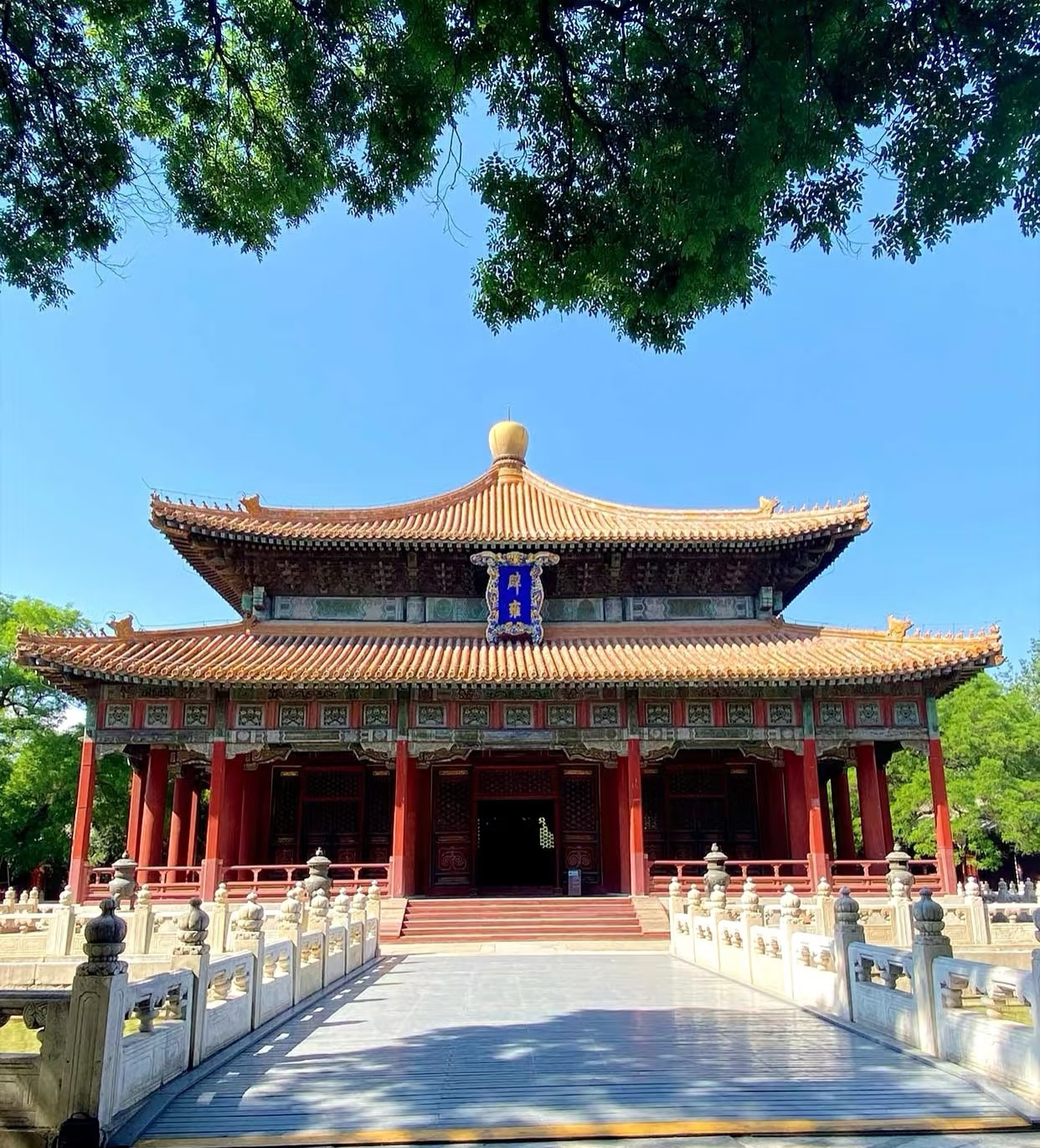
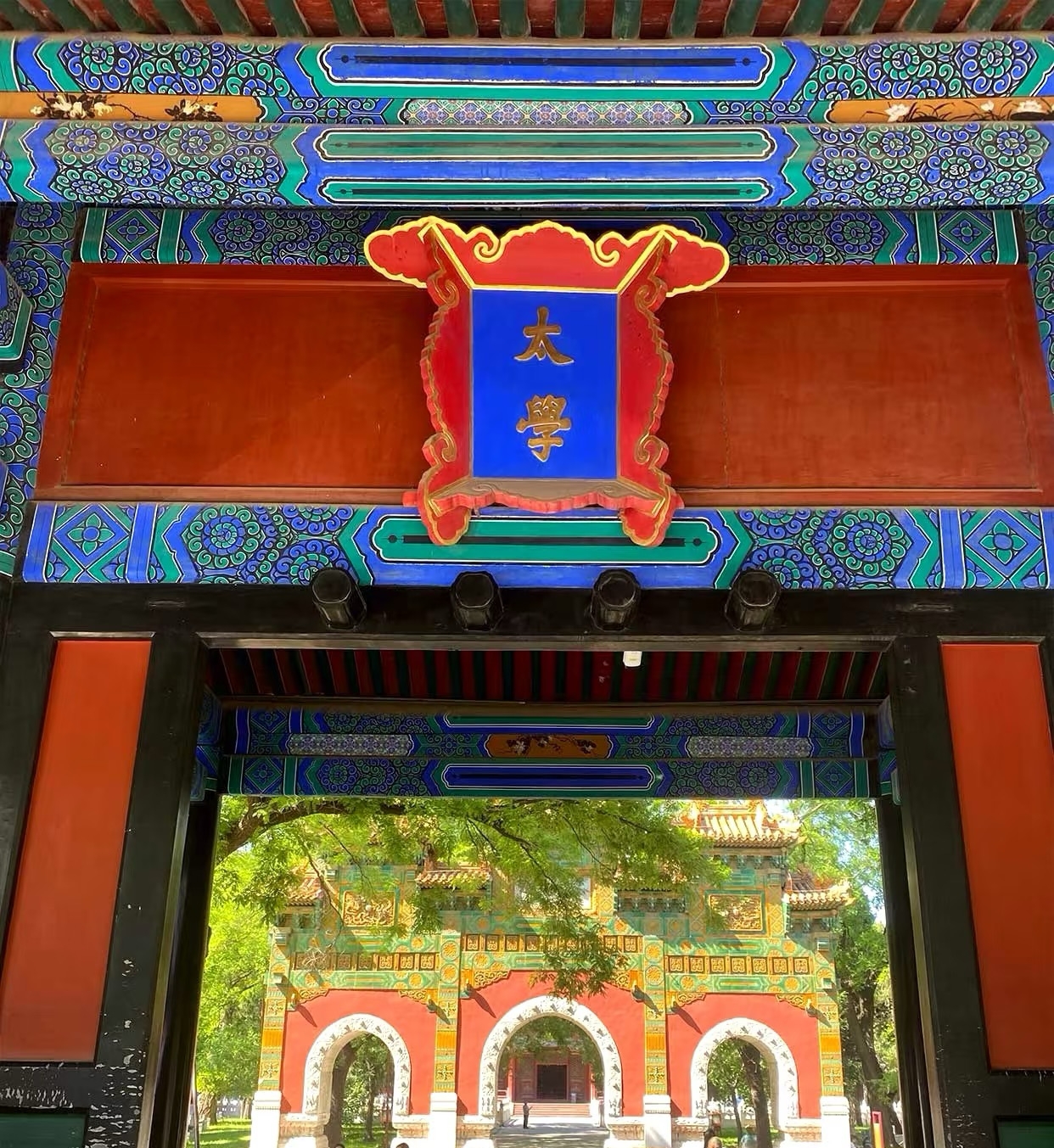
Imperial College
The Imperial College (Guozijian) was the highest educational institution in imperial China. Founded during the Yuan Dynasty and expanded in the Ming Dynasty, it served as the national central institute of learning and the highest administrative organization of education in China's feudal society. Today, it houses a museum showcasing ancient examination systems and Confucian education.
Information
Ticket price
Time
Location
15 Guozijian St, Dongcheng District, Beijing, China
View maps
More about the trip
Imperial College (Guozijian): China's Ancient Highest Academy
The Imperial College (Guozijian) was the highest educational institution in imperial China. Founded during the Yuan Dynasty and expanded in the Ming Dynasty, it served as the national central institute of learning and the highest administrative organization of education in China's feudal society. Today, it houses a museum showcasing ancient examination systems and Confucian education, offering a fascinating glimpse into China's long and revered tradition of scholarship.
What to See and Do
Biyong Palace (辟雍): The central and most prominent building, a square hall surrounded by a circular moat, symbolizing the ancient Chinese belief of a round heaven and square earth. It was where the emperor lectured to students.
Hall of Classics (彝伦堂): The main lecture hall, where students received instruction in Confucian classics.
Stone Drums (石鼓): See the ten stone drums, dating back to the Warring States period, inscribed with ancient Chinese characters. These are among the earliest known stone inscriptions in China.
Forest of Steles: Explore the rows of stone steles inscribed with the names of successful candidates in the imperial examinations, a testament to the rigorous and competitive examination system.
Confucian Temple (孔庙): Located adjacent to the Imperial College, the Confucian Temple is dedicated to Confucius and other prominent Confucian scholars. It's a serene complex with ancient cypress trees and traditional architecture.
Learn About Imperial Examination System: The museum provides detailed information about the imperial examination system, which was crucial for selecting officials in ancient China.
Best Time to Visit
The Imperial College is suitable for visiting year-round. Spring and autumn offer the most pleasant weather for exploring the outdoor courtyards. Weekdays are generally less crowded than weekends and public holidays.
How to Get There
The Imperial College and Confucian Temple are located in Dongcheng District. Take Metro Line 2 or 5 to Yonghegong Lama Temple Station (雍和宫站), Exit C. The site is a short walk from the station.
Travel Tips
Allow ample time: Plan for at least 1.5 to 2 hours to explore both the Imperial College and the Confucian Temple.
Wear comfortable shoes: You'll be doing a fair amount of walking.
Combine with Lama Temple: The Imperial College is very close to the Lama Temple, making it easy to visit both attractions together.

